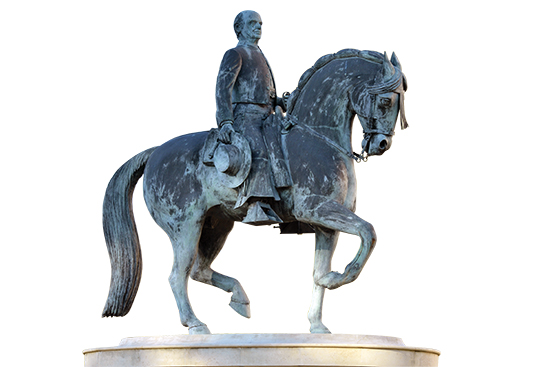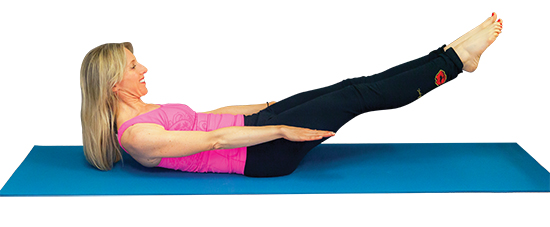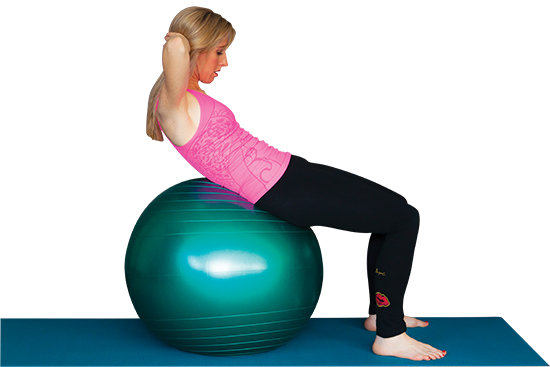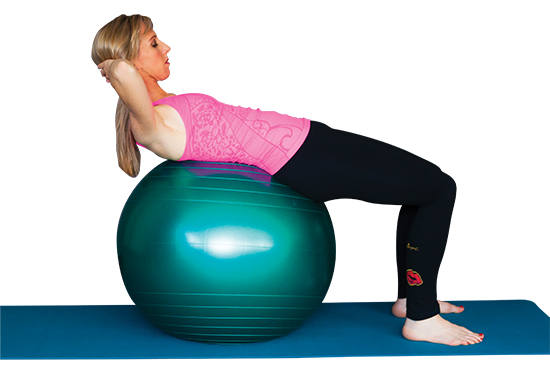 with Rebecca Ashton
with Rebecca Ashton
The interesting thing about riding is how every part of it reacts on all the other parts – like: if your horse is perfectly balanced, he puts you into a wonderful upright secure place in the saddle, that’s why all those European statues of noblemen riding their perfectly trained steeds, have them sitting so well, like this one in Jerez in Spain.
But, and this is the hard bit, to get your horse to that stage of perfect balance, you need to be able to sit in the middle of the horse’s centre of balance, secure without gripping, balanced and able to apply the aids subtly and effectively, and this bit is much harder as we can see in the warmup arena, and even in the competition arena, at pretty well any dressage competition from the local adult riders’ club up to and including the Olympic Games…
So how to we get there? I’m trying to show you how to combine the wisdom of the old Masters with the techniques of modern exercise physiology. Let’s start with the Grand Master himself:
“It is by degrees that a rider gains this firmness of seat, which must proceed from equilibrium….” Said the great French teacher, Robichon de la Guerinière in 1733.
Fast forward to the twentieth century and one of the modern masters, head of the Spanish Riding School, Alois Podhajsky explains, “The rider must not fall back as the horse starts to move, or fall forward when he reduces his speed.”
It is therefore important for the rider to maintain a neutral spine and have good postural control of the torso because, as Gueriniere explains, “….responsive horses move well or poorly depending on whether or not the counterbalance made by the rider’s body is properly maintained.”
As Kyra Kyrklund described last month, you need to “point” the seat bones. Although you want your seat bones deep in the saddle and to maintain a neutral spine, you might find this harder to achieve in the saddle with your legs wide (it’s easier to achieve while standing with your legs hip joint width apart). This is where the strong tummy, which Kyra expounds, can help.
The torso needs to be aligned which requires equal muscle engagement between the front, back and two sides. All the muscles act as guy ropes to help keep the spine, ribs and pelvis evenly stacked. When the body can hold itself up, in a similar way as a horse has self carriage, it helps create a light seat.
Because of wear and tear and bad postural habits, often some muscles need to be tightened and some need to be lengthened to create balance. Equal movement in all planes, that is forward (flexion), back (extension), sideways (lateral flexion) and rotation will help bring about evenness. Let’s look at these in stages to see what we can do to create correct posture and even movement in all directions.
As well as our deep, movement-independent core muscles, which help us stabilise, we obviously have muscles that move us. They act as pulleys; when one muscle is shortening (agonist), another is lengthening (antagonist). We need good co-ordination between all three. This is why it is important to work all planes of movement in an even, slow and controlled manner.
Think of your torso as a big cylinder. When you ride, although you don’t want the cylinder to move, the tension within the cylinder will be changing and making small adjustments constantly. For example, if you require your horse to move forward more (driving aids), the feeling is that the contents of the cylinder push from the back to the front and vice versa if you want your horse to come back (half or full halt).
We need to teach the body to first stabilize, and then hold that stability when we start altering the “pressure” within the cylinder, moving our limbs (useful when we need to give leg or rein aids) or when we start being moved by the horse, especially one with a big stride.
As an exercise on the horse, at the walk, stretch your legs down and lift them off the horse from the hip joint. Feel your seatbones sink into the saddle and feel how your torso reacts and balances you as the horse moves. Do you fall forward or back or favour one side or the other? This will give you some insight to your misalignments and direct you towards Guerinere’s equilibrium.
This month we will look at exercises that focus mainly on the front of the body.
Just like when teaching our horses to execute movements correctly, we need to execute our exercises correctly each time so that the neuromuscular pathways can be developed and correct movement can become good habit. For that reason form always trumps the number of repetitions. Build yourself up slowly!
 HUNDREDS:
HUNDREDS:
This will help you activate your transverse adominis, stabilise your ribcage (by rolling up your head and neck), get you breathing correctly with good core engagement and get you nicely warmed up!
Set Up:
– Lie on your back and find neutral pelvis and roll your head and neck up off the ground (don’t come up too high) by sinking your upper abdominals into the floor. If you feel too much strain in your neck, just keep your head on the ground.
– Legs stretch away from the body; arms stretch forward. If this position is too strong and you feel your back being pulled off the floor, either take your legs higher or bend your knees 90 degrees or leave your feet on the ground with your knees bent.
– Add lateral breathing
– Switch off global muscles: legs and arms
– Switch on core
Instruction of move:
Keep abs engaged to keep upper body lifted as you beat your arms 100 times, keeping your shoulder drawn down your back. Keep your arms shoulder width so you don’t narrow your chest. Breath cycles: Breathe in through your nose for 5 beats and breathe out through your mouth for 5 beats.

 FLAT BACK ON BALL
FLAT BACK ON BALL
This teaches the abdominal muscles to support the back with the torso more in a dressage position.
– Find neutral spine while kneeling, resting your hands against the fitball
– Add lateral breathing
– Switch off global muscles: legs and arms
– Switch on core
Instruction of move:
Breathe in and hinge forward from your knees, rolling the ball under your lower arm. Make sure you keep a straight line in your body from knees to head and you don’t let your butt stick out behind. Only hinge forward as much as your abs are able to support your back. Keep your chest lifted so you don’t just throw all your weight into your arms and hunch your upper body. Keep your legs relaxed.
Breathe out and return to start position
ROLL UP ON BALL
The ball will give you good feedback to make sure you are really drawing your abs in toward your spine as your rectus abdominis rolls you up and that you are not just bracing outwards with your transverse abdoninis (core stabilising muscle). If you do it really slowly, you will really improve your motor control, helping to make small adjustments possible.
– Lay over the ball with your spine in extension with your hands behind your head to support your neck. Only go as far back as you feel comfortable.
– Add lateral breathing
– Switch off global muscles: legs including hamstrings and calves and arms
– Switch on core
Instruction of move:
– Starting with your head and neck, breathe out and roll up one vertebrae at a time, pressing your back gently into the ball and your abs into your spine. Keep the movement even so as not to favour one side of your body over the other. Remember, this is an ab exercise, so don’t use your shoulders to help you up!
– Breathe in
– Breathe out to roll back down, one vertebrae at a time.
If you liked this article, you may be interested in finding more of Rebecca’s articles – go to her Who’s Who entry for a directory:


